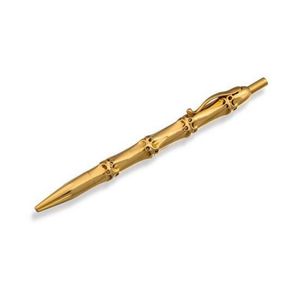Kauri Sculptor's Easel with Adjustable Features
You must be a subscriber, and be logged in to view price and dealer details.
Subscribe Now to view actual auction price for this item
When you subscribe, you have the option of setting the currency in which to display prices to $Au, $US, $NZ or Stg.
- Tripod Base - A type of base used on small tables in the 18th and 19th century, consisting of either a stem to a three legged pillar, or three legs attached to the top. The former was derived from the candle stand, which has a small top and a long stem, terminating in the three legged pillar.
In the 19th century this type of base was popular on wine and occasional tables, and its use extended into larger centre, breakfast and drum tables. - Kauri - An evergreen conifer tree associated with New Zealand, but also grown in northern Australia, and islands around the Pacific rim including Borneo, Vanuatu and New Guinea. The timber is generally golden in colour, and straight grained without much knotting.
A by-product of the kauri tree was the kauri gum, the fossilised resin extracted from the tree. The gum was obtained through digging, fossicking in treetops, or more drastically, by bleeding live trees. Kauri gum was used in the manufacture of varnishes and other resin-based products, and also crafted into jewellery, keepsakes, and small decorative items.
Kauri forests were prolific in the north of the North Island of New Zealand. European settlers in the 1700 and 1800s realised that the timber from these tall trees with broad trunks would be ideal for ship building and construction and a thriving industry was established harvesting the kauri tree. The forests were substantially reduced, and now the remaining Kauri trees that grow in New Zealand are protected, and there are reserves in various areas of the North Island.
The remaining stands of kauri in New Zealand are under threat from "kauri disease", a microscopic organism that causes dieback in the trees, with vast tracts either dead or dying.
This item has been included into following indexes:
- New Zealand, furniture - tables 59
-
tables, small, period or style
- Australian 96
- tripod 181
Visually similar items

A English mahogany dressing chest, c.1910, in very good restored condition, 150 x 106 x 45 cm

A pair of gold Love ear studs, Cartier. 18ct white gold. Signed and numbered EQ6256. Original box and outer box.

An archaic jade Cong, a circle within a square, representing the earth and the Heavens, the opaque, mottled jade, smooth from age, a ritual object found in tombs and presumed to be connected to people with high status, calcified in parts, height 6, 9 cm sq

14ct gold ballpoint pen, Tiffany & Co., circa 1960, of bamboo motif, length approximately 130 mm, signed indistinctly Tiffany & Co.
